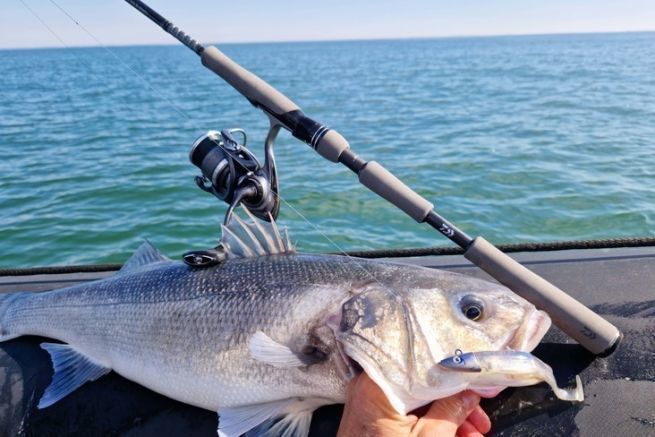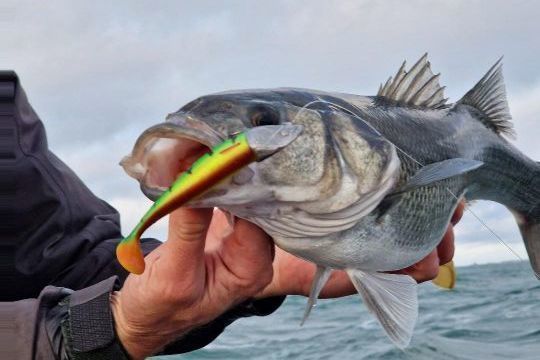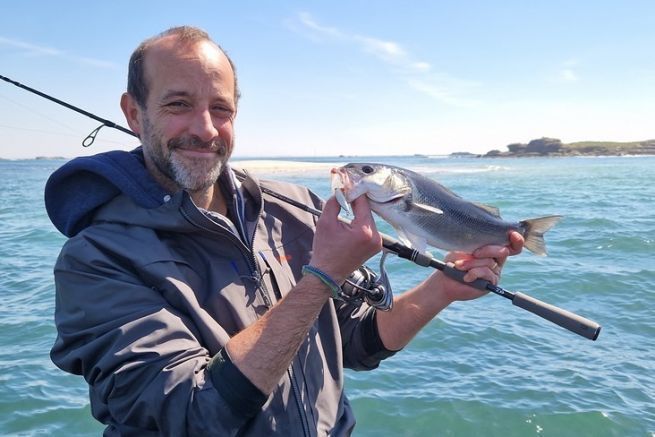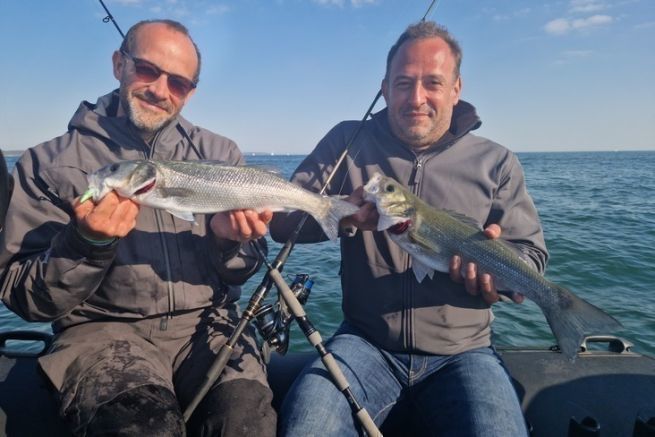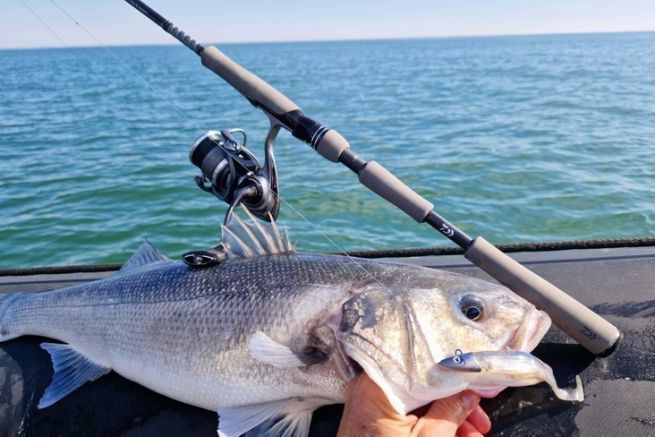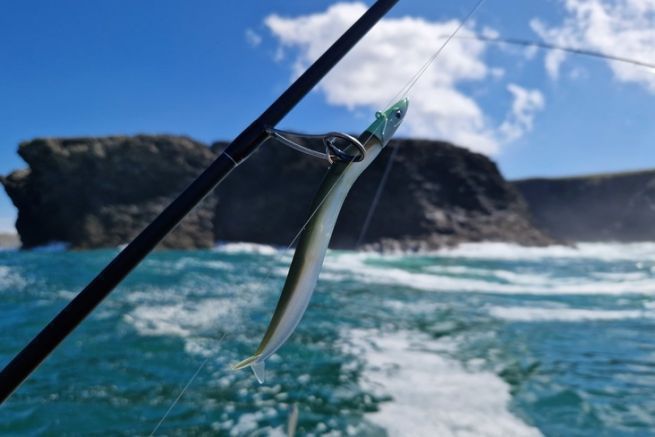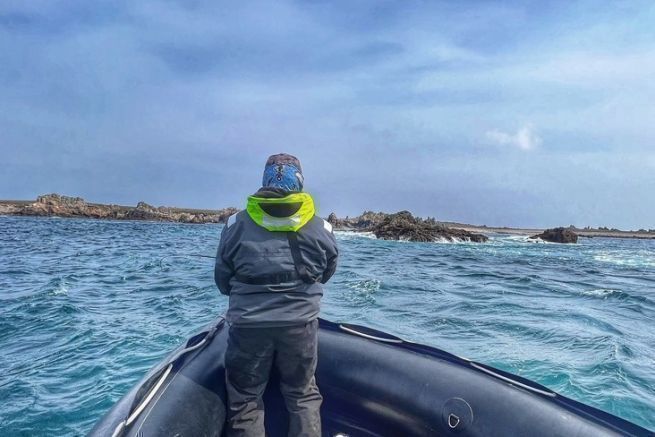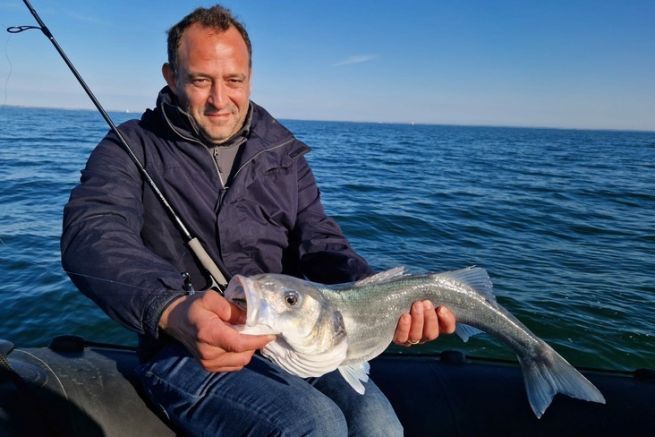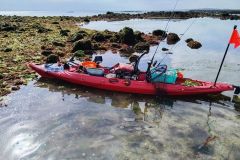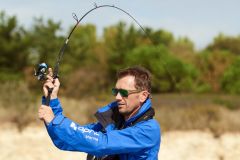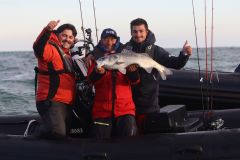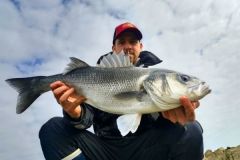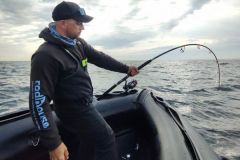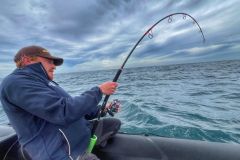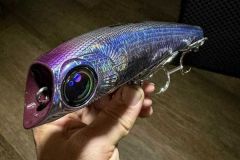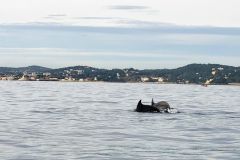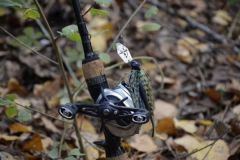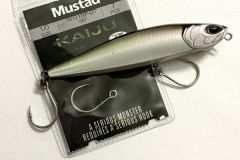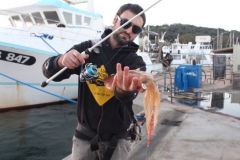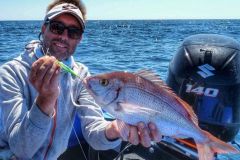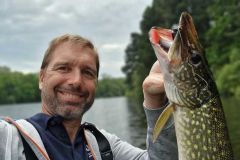Above all, fishes remain living beings and it is impossible to predict their behavior and their holding areas in a certain way, surprises will always be there.
In the same way, there are a very large number of parameters and it is difficult to address them all and articulate them in their entirety.
Thus, we will avoid the parameters moon and atmospheric pressure, assuming that most of the time we fish when we have the opportunity and that we can not choose these two variables.
Two main instincts
Bars, like all animals, are guided by three main instincts, two of which are of particular interest to us, namely the need to feed and to survive. These two instincts determine permanently the holding areas according to the one which is in priority at a moment T.
Thus, we will be able to find them on a spot at a given moment when they were absent 1 hour before according to the dominance of one of the two needs over the other at that precise moment and according to the perceived value of the spot in terms of food security and opportunity at that same moment.
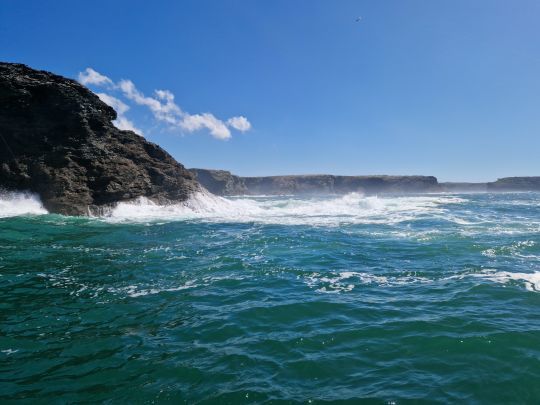
Food intake
Ãa goes without saying, but ça va toujours mieux en le disantâeuros¦ The primary quality of a spot is that it offers a sufficient food source to attract and maintain bass in the area.
These can be structures that are intimately connected to the spot, such as oyster beds, rocks, specific substrates etcâeuros¦
But there are also specific spots that only become really productive under certain conditions depending on the weather, swell or light. For example, the beaches and rocky shores will be really productive in the presence of surf, and the spots along the edges, a few centimeters deep, will sometimes work during the day and much more at night, because a large number of crustaceans are active there. The bass know it better than we do!
Thermal comfort
The need for warmth or coolness changes during the season. If sea bass will look for waters that warm up quickly in the first weeks, on the contrary, it will be necessary to orientate its search towards cooler areas in the middle of summer. The current, the wind, the exposure and the orientation in relation to the sun, the depth and the time of the day are all criteria to be taken into account to determine the thermal value of a zone.
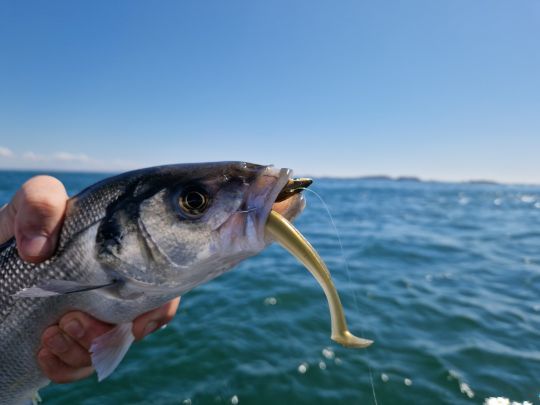
Oxygen
Sea bass, like us, need oxygen to live and it is important to understand that their oxygen consumption and requirements increase with temperature as the rate of dissolution of this gas in the liquid element decreases. Thus, when temperatures rise, sea bass will seek coolness.
In the middle of summer, this criterion is the same as the previous one and it is preferable to look for the areas that are most stirred up by the current or the swell and to visit the shallowest areas when it is cooler or when they are less exposed to the sun.
Stress
In the interest of serenity, bars avoid stressful situations. The latter is closely related to the ambient light, noise and exposure of the spot.
Sea bass will prefer to visit the most stressed areas, i.e. the shallowest and closest to the edge when the light is low and the environment is calm.
However, depending on their need for food, they may venture to these spots at times exposed to stress, but for a short time. In general, these spots have one thing in common, which is the presence of a structure that allows them to rest and be protected from the view of fishermen, but also close to a deeper area, synonymous with safety and emergency exit.
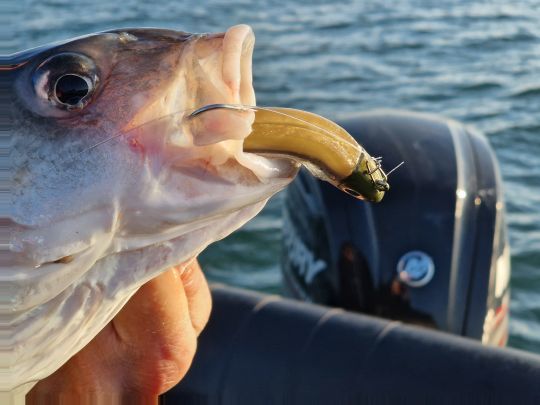
Hunting comfort
Beyond the spots, what is decisive in the fishing of the bass is its feeding activity. This one is often linked and triggered by specific parameters that are the moment of the tide and the intensity of the current, but not onlyâ?¦
To hunt efficiently, the objective is to be able to surprise its preys and thus to be the least visible. Thus, the wind, by creating a chop, diffracts the light and thus lowers the luminosity and amplifies the sound volume of the area. The sea bass can then be more discreet and take advantage of this to start their activity.
You can understand that on days when the sea is rough, the shallow areas are more difficult to exploit!
Land or sea wind
In this logic, the wind direction is often a determining factor in edge fishing. Indeed, the land winds will tend to smooth the surface and lead us to deeper areas and on the contrary the sea winds will be more favorable to edge fishing.
For example, in Quiberon, south or southwest winds will be much better for shore fishing and the opposite will be true on the Armor coast.
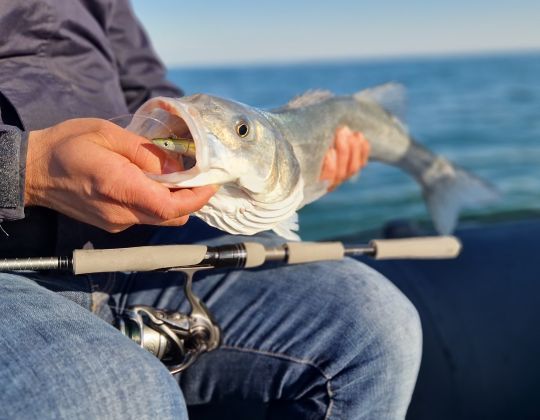
Theory and exceptions
It is important to keep in mind that all of these considerations remain theoretical and are a guide. But exceptions are common and when fishing is difficult, it often pays to work the extremes and think outside the box!

 /
/ 